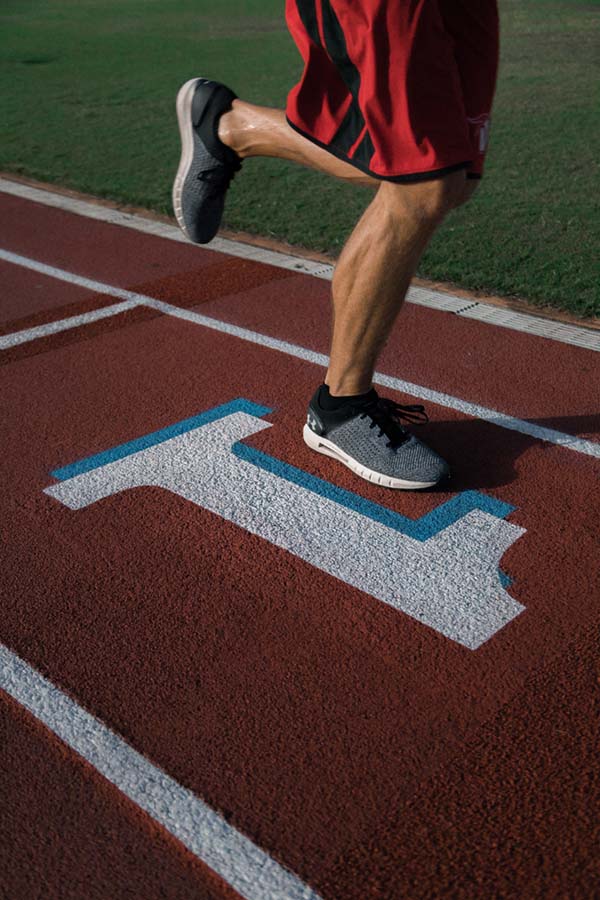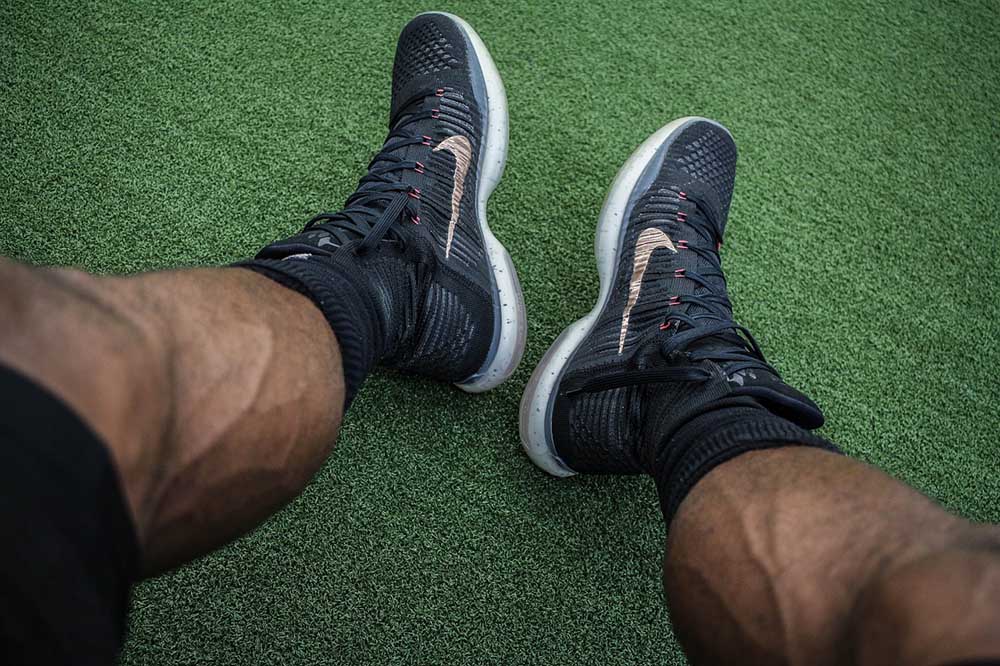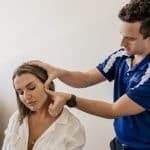Shin Soreness And Shin Splints Treatment At Graceville Physio Brisbane

Shin Splints vs Shin Soreness
Shin splints are really stress issues in the medial area of the tibia or shin bone. The correct term is Medial Tibial Stress Syndrome. The term ‘shin splints’ is often used as a general catch-all term for lower leg issues, but there is a difference between shin soreness and shin splints.
Shin soreness is usually just a result of overuse. Inadequate rest and not addressing pain can be reasons why shin soreness persists. It’s essential to schedule rest days into your training regime and to address the soreness when pain occurs by using rest, ice, compression, and elevation of the area. Often just by doing this, you will be able to reduce the shin soreness in two to three days. If the pain persists for more than three days, then see your sports physiotherapist for treatment
When the muscles in your lower leg are overworked, they place stress on the shinbone and cause the pain associated with shin splints. The muscles that are usually affected by shin splints are the calf muscles, gastrocnemius, soleus, and plantaris, and the shin muscles, tibialis anterior and tibialis posterior.
When our muscles fatigue or if we overtrain we can cause trauma to the muscles, tendons, and fascia. The attachments of these muscles tendons and fascia exert forces on the tibia and fibula and sometimes can even result in these tissues being torn away from the bone.
Overtraining or poor form when training can also cause shin splints. Often the impact force associated with running and weight-bearing activities is what can lead to shin splints. This is because repeated impacts weaken the area where the soft tissue attaches, and as the muscle structures become overloaded and fatigued they then lose the ability to absorb the shock.
Overloading can be the result of a variety of factors, such as exercising on hard surfaces or uneven ground, increasing intensity too quickly, worn out or poor-fitting shoes, and excessive uphill or downhill running.
Flat feet can also lead to shin splints and shin soreness as the biomechanics of the foot are altered, leading to excessive inrolling of the foot which can then pull the muscles, tendons, and fascia away from the bone.
Tight and stiff muscles, poor running technique, leaning forwards or backward while running or running with your feet pointed outwards can also lead to shin problems.
What is the best shin splints treatment?
Prevention is, of course, better than trying to fix a problem. It’s therefore important to get the right advice on the correct type of footwear for the activity you are doing. Your podiatrist or physiotherapist can advise you on this, and specialty footwear shops such as The Athlete’s Foot have staff that also know a lot about footwear. The combination of advice from a professional physiotherapist and the specialty shop is best as they can work together to get the right shoe for you.

Warming up correctly to prepare the muscles and tendons is essential as it ensures good blood supply to the tissues so that they can work more efficiently. Strength and conditioning exercises for the lower legs are also useful in preventing shin splints, especially when using aids like Therabands to improve the strength and endurance of the muscles.
Movements are performed more easily when the muscles and tendons are flexible. Stretches are important in order to maintain the flexibility of the soft tissues which then helps prevent overstretching and tearing of the tissues. Foam rolling can also be very effective in helping to maintain the flexibility and blood flow to the tissues as part of a program combining everything mentioned above.
If you have been diagnosed with shin splints it is important to find the cause of the problem first. Icing, compression, and other similar remedies may help with pain, but will not fix shin splints. Beware of online advice giving you long lists of exercises, and so-called experts saying you can do the rehabilitation by yourself. The success rate is in the minority for those that try to self-treat, even though they may have a template. The safer option is to consult a professional physiotherapist who knows your body.
The whole body needs to be taken into consideration because, for example, if your core or hip stabilisers are weak then these will also need to be strengthened for the best results. A thorough physical assessment is required to be able to design a program that is made for you and for your specific needs. Your recovery program also needs to be designed to fit your body and your lifestyle, taking into account where you want to be at the end of the recovery and rehabilitation.
Contact Us At Graceville Physio For Shin Splints Treatment
To get the right advice and the right exercises, it’s very important for you to see a professional sports physiotherapist. Don’t put up with the pain. If you have had pain in your lower legs for more than three days without settling down, then see a qualified Brisbane physiotherapist who can help you get back on track with tailored shin splints treatment and back to doing what you love.


